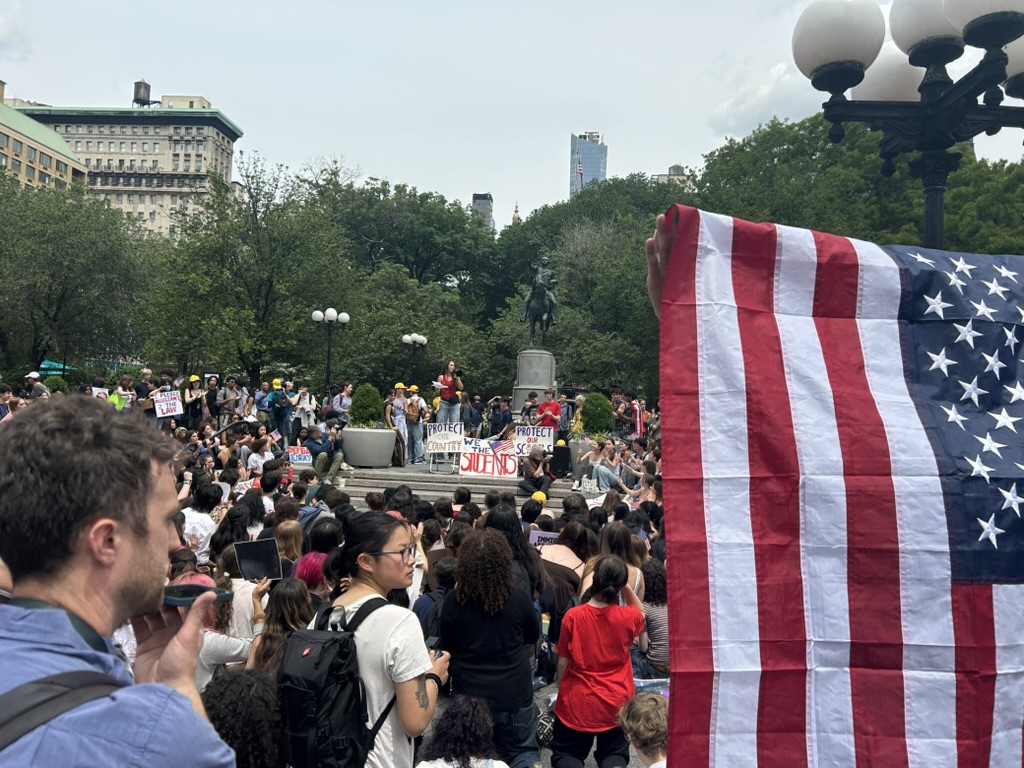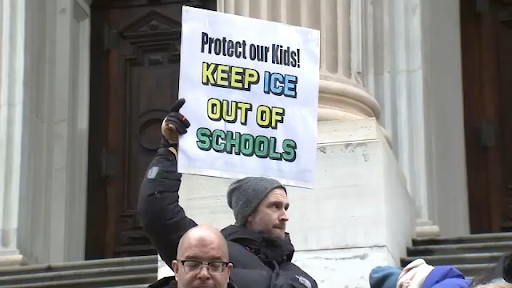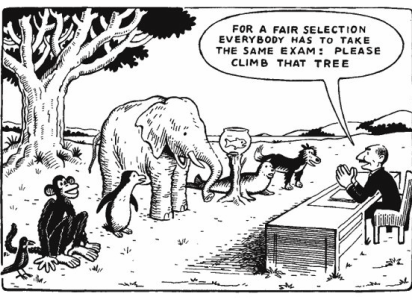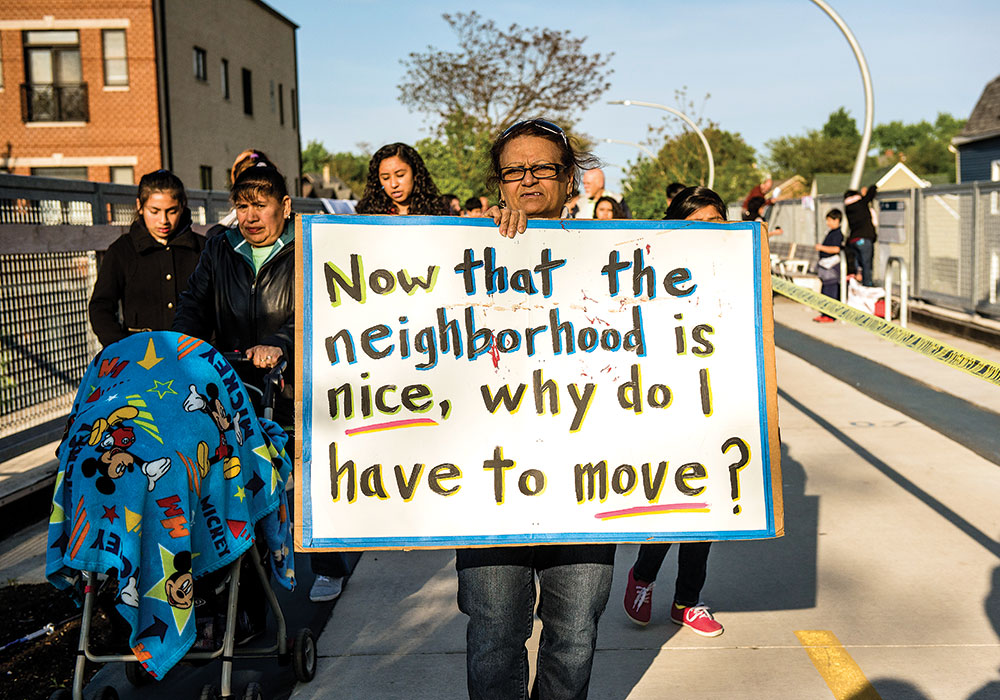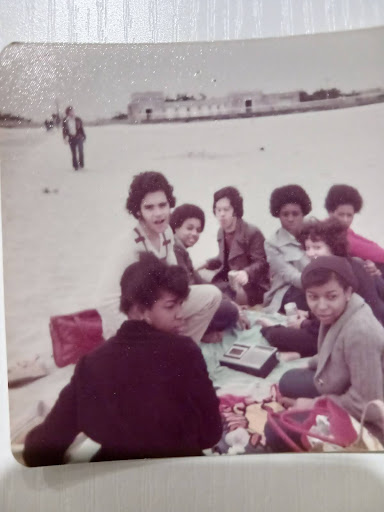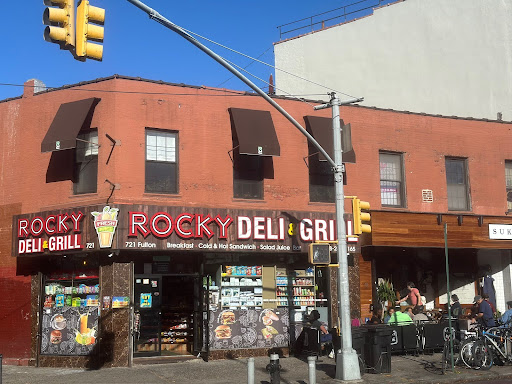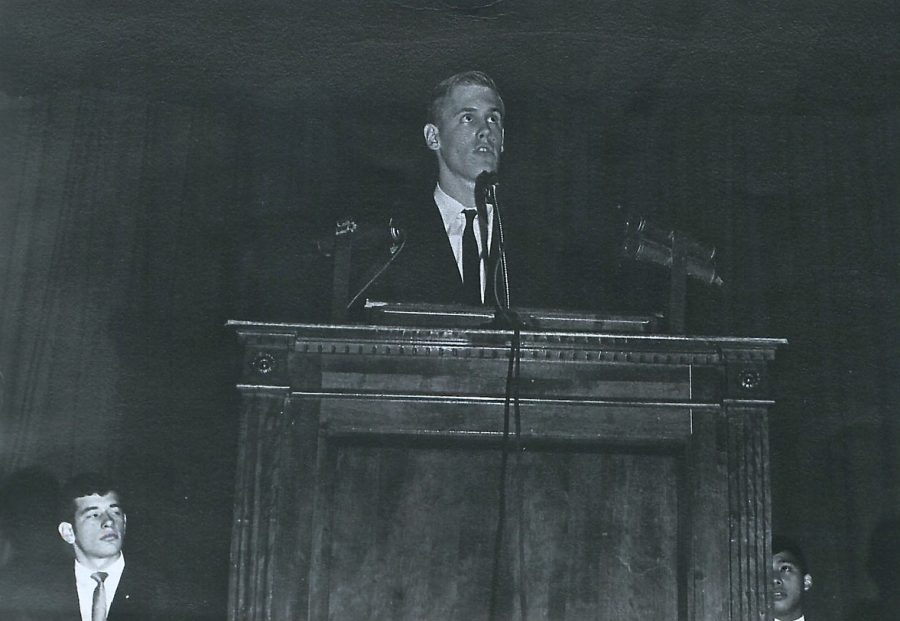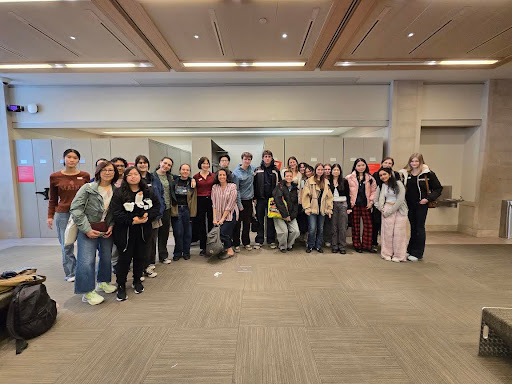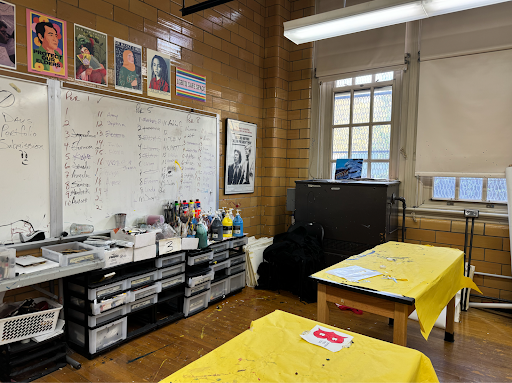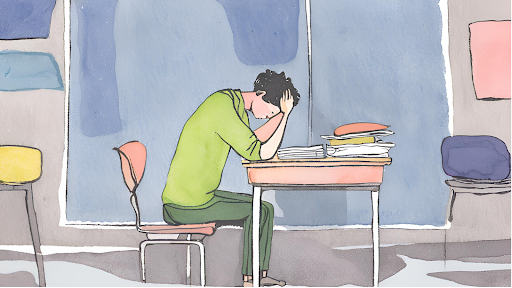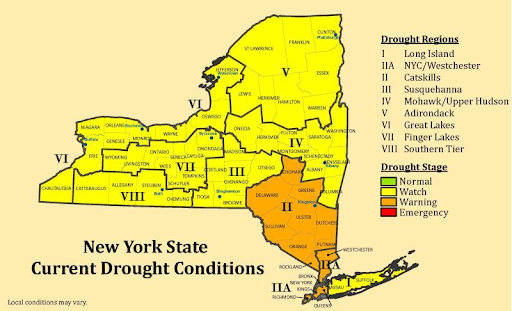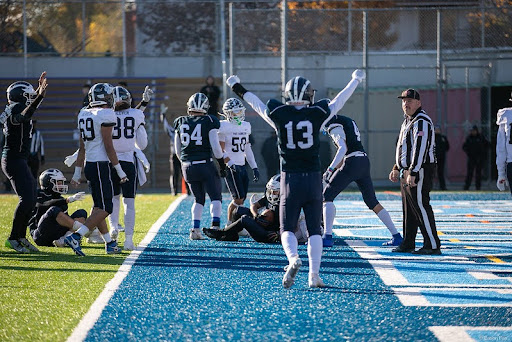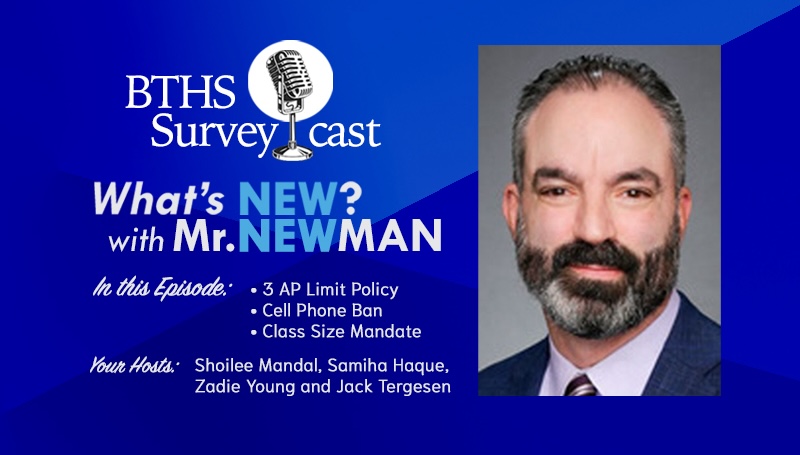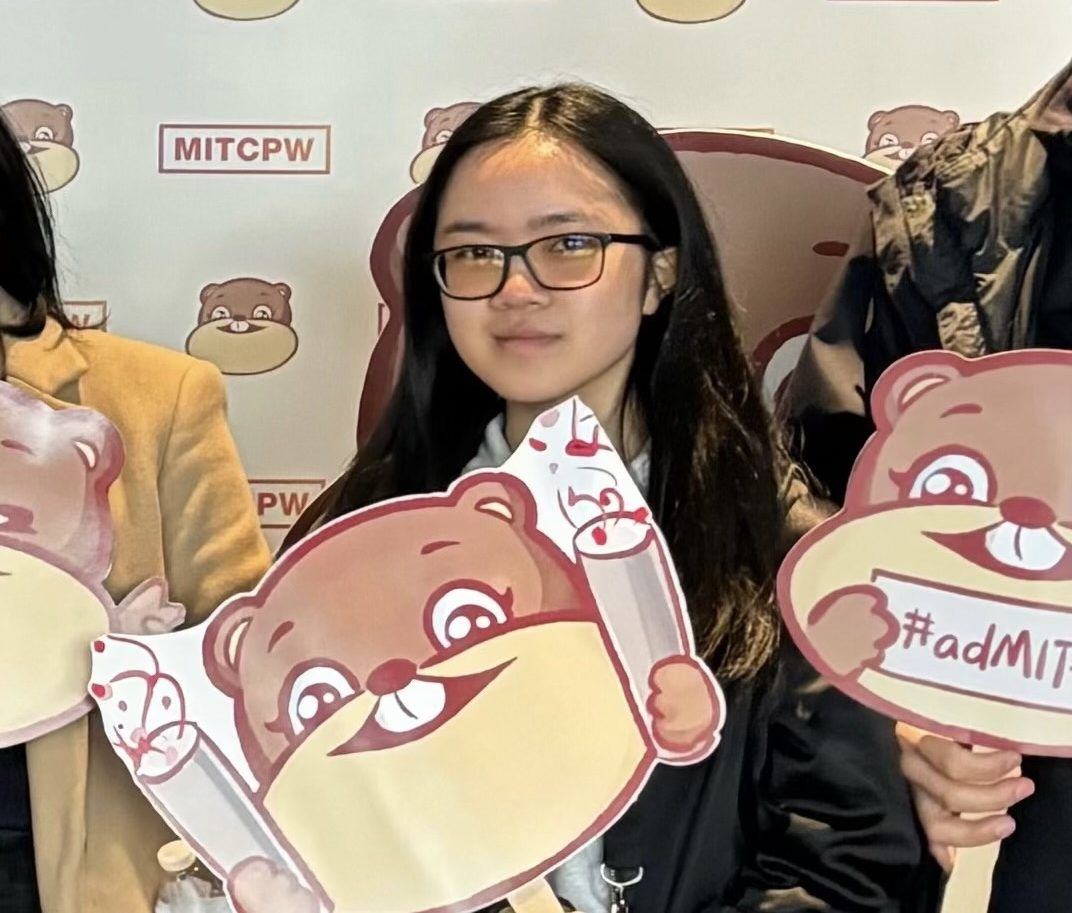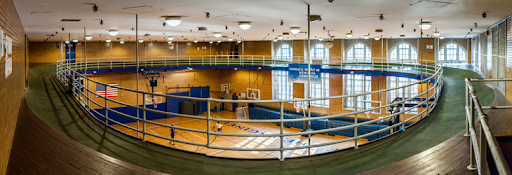With public housing projects only a few subway stops away from impressive high rises, there is a glaring wealth gap in New York City. This is partly due to local governments’ disregard for current residents’ living situations. Below the shiny facade of new buildings and trendy coffee shops, constant development of many New York neighborhoods has pushed longtime residents out and raised the cost of living in countless communities.
Brooklyn Tech has a unique history when it comes to gentrification. Its neighborhood, Fort Greene, is intimately linked to the ongoing process of gentri- fication. Once a predominantly Black community, the neighborhood has produced influential Black artists such as Richard Wright and Spike Lee, but according to the 2010 US Census the Black population has decreased by 30% over the past 24 years as the very people who have once helped shape this beloved neighborhood have been pushed out.
Spike Lee, a famous Hollywood director, was born and raised in Fort Greene. Though he no longer resides in the area, he still maintains property there. His ‘40 Acres and a Mule Filmworks’ production office is located right across the street from Tech on South Elliott Place.
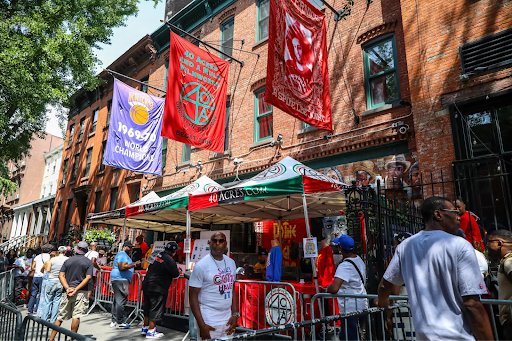
Lee’s Hollywood success hasn’t stopped him from expressing his opinions on gentrification. In 2013, Lee spoke very passionately about his distaste for gentrification and its change on established communities.
“I mean, they just move in the neighborhood,” he protested. “You just can’t come into the neighborhood. I’m for democracy and letting everybody live but you gotta have some respect. You can’t just come in when people have a culture that’s been laid down for generations and you come in and now sh*t gotta change because you’re here.”
Lee isn’t the only one who has witnessed the gentrification of Fort Greene. Many Tech teachers have seen the neighborhood develop over the years, some of whom attended Tech when the area had a completely different reputation.
“[Fort Greene] was not a safe neighborhood in the ‘90s,” recalled Social Studies teacher, Mr. Mark Heh (‘99). “We were all told to go straight home. I never crossed Dekalb Avenue on the Fort Greene Park side. Or, if I ever did, it was for a very specific reason.” When Heh came back to teach at his alma mater, the neighborhood was unrecognizable.
“The neighborhood was radically different,” he noted. “The two tallest structures were [Tech’s] antenna and the Williamsburg Savings Bank. Even coming back within 10 years of graduating, I noticed huge shifts in the neighborhood, much more residential developments, much more business development.”
Mr. Joshua Silverman, another Social Studies teacher who has been teaching at Tech for 19 years, has also seen the neighborhood’s drastic change. “Fort Greene over the last two decades has gone through many of these sorts of transformations that other Brooklyn neighborhoods have where you have seen the kind of traditional local businesses being replaced by the bigger national chains; by sort of higher end places, restaurants, coffee shops, and fancy bakeries,” observed Silverman. “There really has been a gentrifying shift in who the clientele are, or who’s being advertised to.”
The gentrification of Fort Greene has changed not only the neighborhood’s atmosphere, but also its demographics. “I imagine a lot of the poor were pushed out by rising rents, rising real estate prices,” Heh explained. “You certainly see a big racial demographic change. There’s a lot more white people moving in, probably in the 2010s. That has changed the overall economy and society of the neighborhood.”
With residents across the five boroughs hailing from myriad backgrounds, the city is constantly changing. However, change isn’t always positive. Gentrification is a serious socio-economic issue that negatively impacts New Yorkers all over the city. Several NYC residents have constantly expressed their disdain with gentrification as it breaks down their local communities and traditions.
“I live on the [border] of Bed-Stuy and Clinton Hill, so I’m lucky enough to be able to walk to [Tech], but I also am unlucky enough to see how old buildings in my neighborhood have been torn down in replacement for newer ones,” said Law and Society major Paige Johnson (‘26).
“You would assume that these buildings would be affordable housing or have cool architectural designs to them, but they just seem really homogenous. They all look the same, they’re really expensive, and drive up costs for people who have lived in the neighborhood for decades and have had their families in neighborhoods like Bed Stuy for a very long time.”
Johnson’s neighborhood isn’t the only one suffering from expansive development.
“I live in the South Bronx, Mott Haven and the difference between my building that my parents have lived in for 21 years and the building behind me is that the [superintendents] are better, but also our rent is going up, and it’s going up rapidly,” said Chemical Engineering major Mariama Barry (‘25). “The new stores popping up and people just moving into my neighborhood is a very huge issue, because they’re contributing to this.”
Demographic changes are a primary concern when it comes to gentrification. Historically, gentrification uproots mainly lower income, minority communities as influxes of affluent residents move in and drive up rents, housing prices, and costs of living for those who have established livelihoods in these communities.
Mr. Heh’s childhood experience in Fort Greene demonstrates how the changing character of a neighborhood only perpetuates gentrification.
“A lot of the kids who graduated junior high with me didn’t want to attend Tech, given the reputation of the neighborhood,” Heh recalled. “When things started gentrifying, when the neighborhood also became safer, more people decided to attend Tech, also shifting its population.”
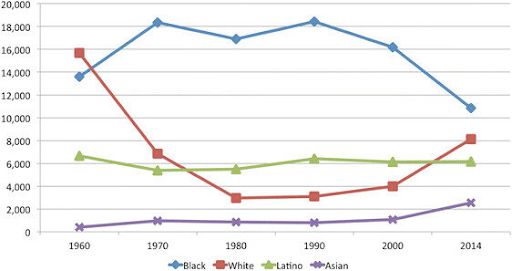
Census data shows that as the Black population of Fort Greene has generally declined, the number of other racial groups has increased.
“When I was doing apartment searching over the last few years, it is fairly shocking what the price of rent is, even in fairly mediocre housing,” Mr. Silverman shared. “I think certainly the changes that happened in [Fort Greene] have contributed to that.”
Many Tech students can recall people they knew and loved having to move away due to rising prices in their respective neighborhoods.
“I think [gentrification] was really bad during my middle school years,” Barry explained. “My cousins ended up moving to another state because of how high the rents were[getting]. Three to four cousins ended up moving to Ohio, which is crazy, and gentrification plays a big part in [them moving].”
Barry’s relatives weren’t the only ones to move out due to rising prices. Other students shared their experiences when they learned the people they cared for would be moving away due to an influx in rent prices.
“A family friend, rent got way too expensive for him. He lived in [Sheepshead Bay], somewhere around there and [rent] got so high, he had to move,” shared Civil Engineering major Nadine Kandil (‘26).
Yet despite the gentrification’s negative implications, its critics can still acknowledge the benefits it may bring. Gentrification can lead to the diversification of historically homogeneous neighborhoods as people from different backgrounds move into changing areas.
“It’s also interesting to see how new groups can find history in those established communities, and how you can see syncretism between different cultures in New York, because that’s what New York’s about,” Johnson explained.
Despite its occasional upsides, gentrification is ultimately a process where the burden outweighs the benefit. Pushing out existing residents, dispersing established communities, and constantly raising prices does nothing to balance the diverse enclaves New York residents strive to maintain. Continuing down the road of constant development threatens too many fellow citizens who are simply making a life in a place they call home.
“Any policy that might be made should take into consideration the needs of the current residents. Consider economic growth, but this growth should not come at the expense of the poor,” Mr. Heh concluded.

